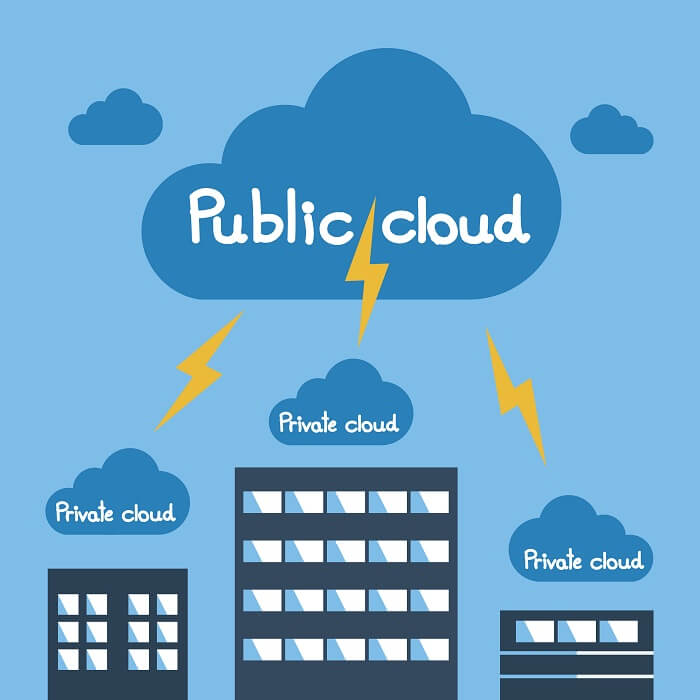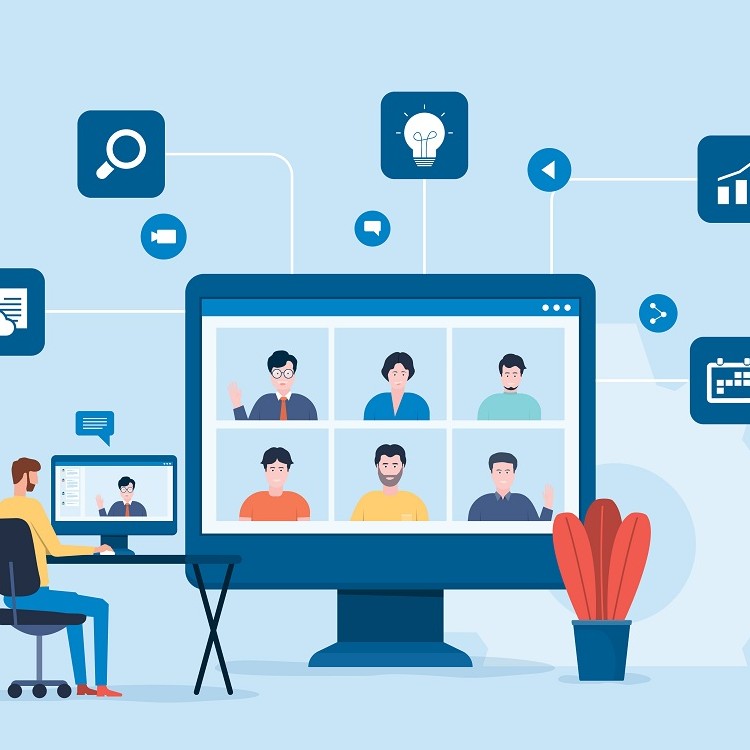Either VDI or DaaS can help everybody collaborate as long as they have enough bandwidth and computing power. VDI uses a lightweight application to emulate centralized software on a remote device. DaaS moves collaboration into the cloud era, making everything from the OS to the file system to the application available in a browser window.
Many Citrix clients went straight for the cloud-based version of Workspace at the onset of the pandemic, Mullapudi said, because it gave them speedy access to their applications without requiring an investment in on-premises hardware and software.
With the crisis phase of COVID behind them, enterprises are now exploring the full range of capabilities of both on-prem VDI and cloud-based DaaS.
“I think we'll come to an equilibrium” of enterprises running some workloads in private clouds and others in public clouds, Mullapudi added. “People don’t want to get locked into a single cloud.”
For example, he said, Azure makes the most sense for Windows apps, while AWS is great for hosting SaaS and Google Cloud is a fit for certain machine learning functions.
From India to South Florida
Mullapudi was born near Bangalore, India’s technology hub, and grew up in Hyderabad.
“Computer science was actually not my plan growing up,” he said.
Instead, he hoped for a career in the executive branch of India’s government. Such a career carried considerable prestige, but the competition would be stiff. He needed a Plan B. That turned out to be computer science.
After earning a bachelor’s degree in India, he moved to the U.S. in 1998 to pursue a master’s at Iowa State University. He then headed south to Citrix’s home base in Fort Lauderdale, Florida.
“A lot of scientists and engineers joined Citrix straight out of college in 2000,” he recalled. “I thought I'd be here for a year and then move to Silicon Valley.”
Citrix had other plans for him.
“I really fell in love with the people,” he said. “The technology was really cool and interesting.” The staff totaled perhaps a few hundred; revenue was in the ballpark of $150 million.
“It was fun and exciting, and I was lucky enough to work on a lot of different products and projects and transformations.”







